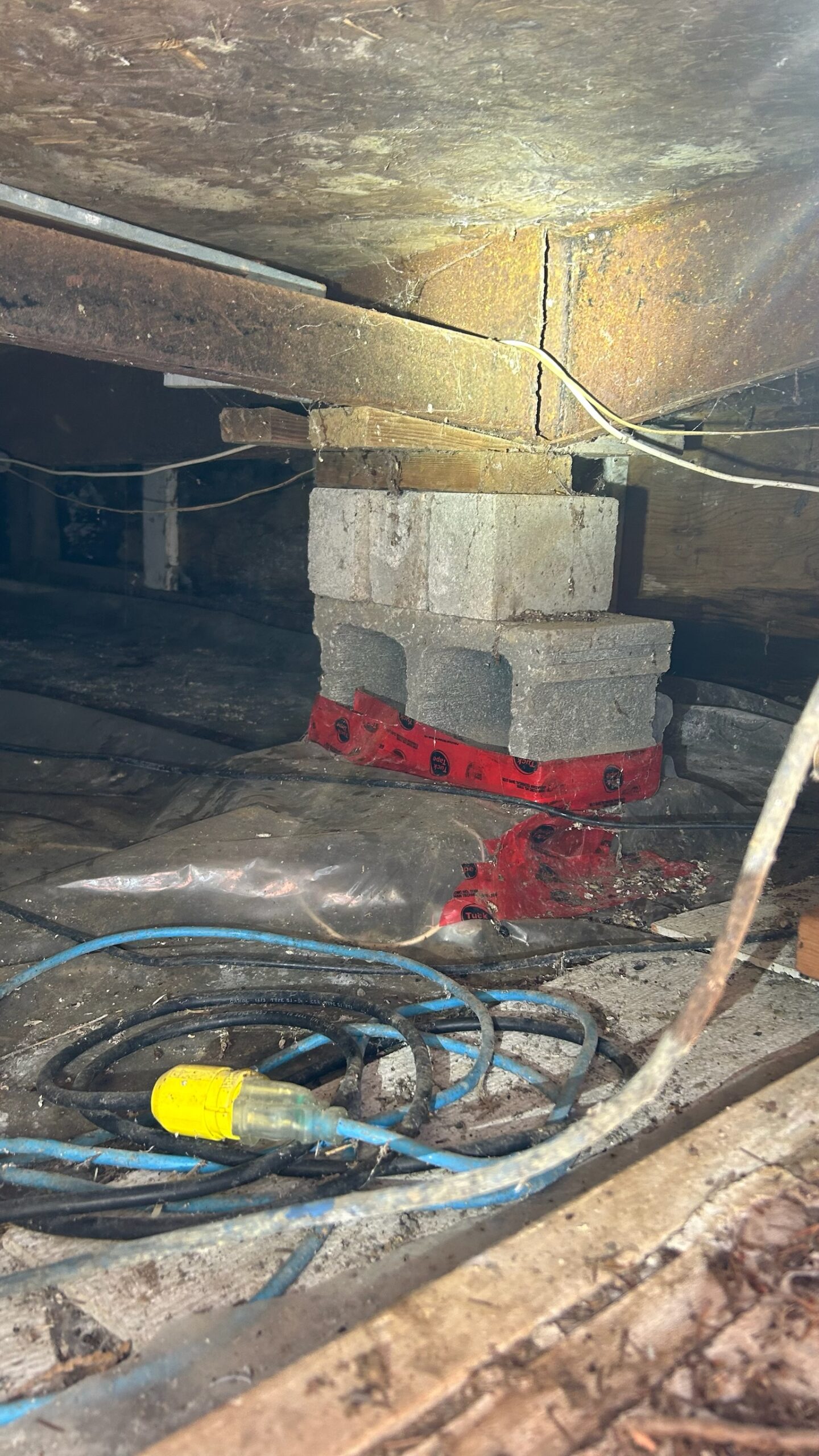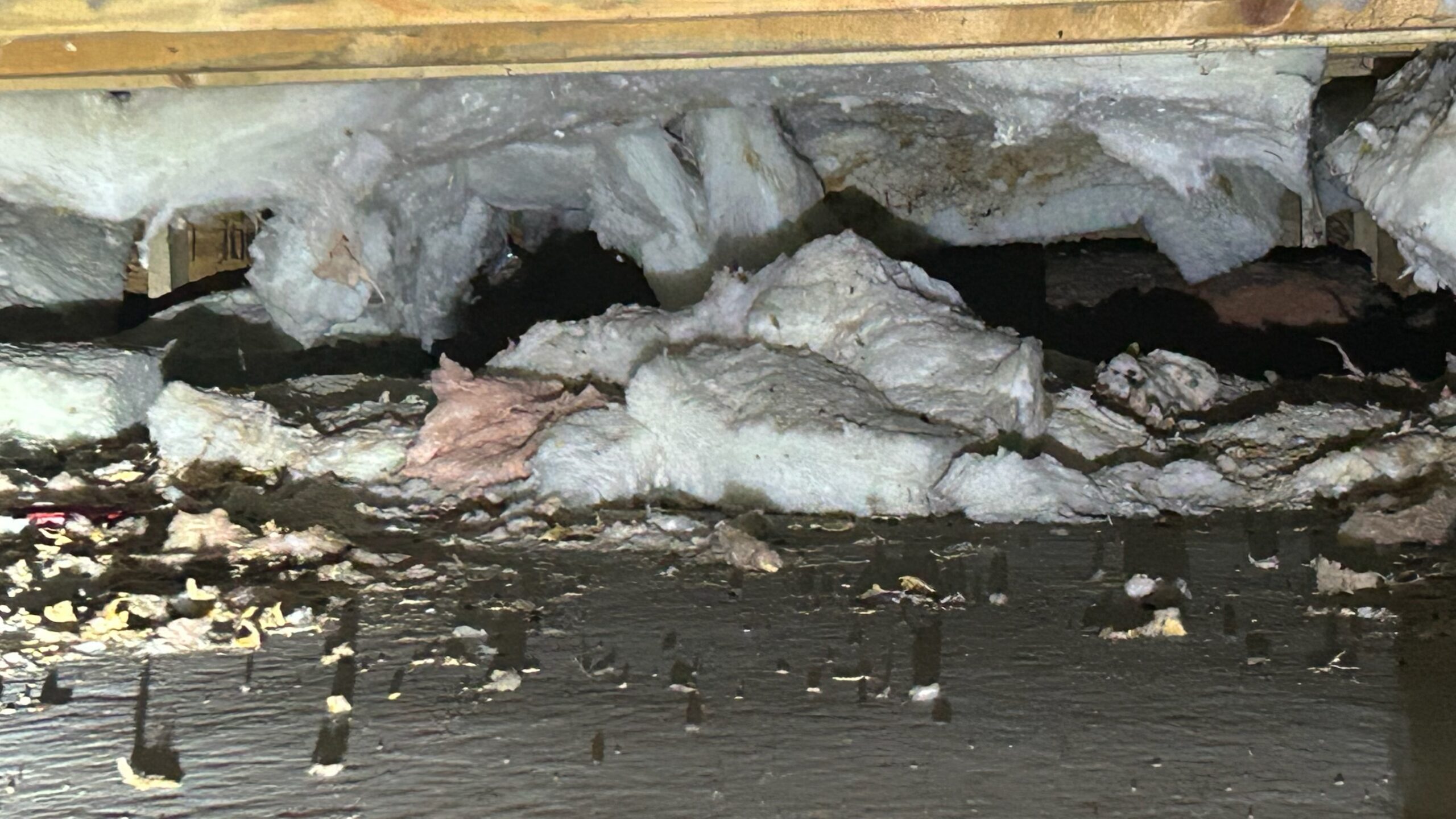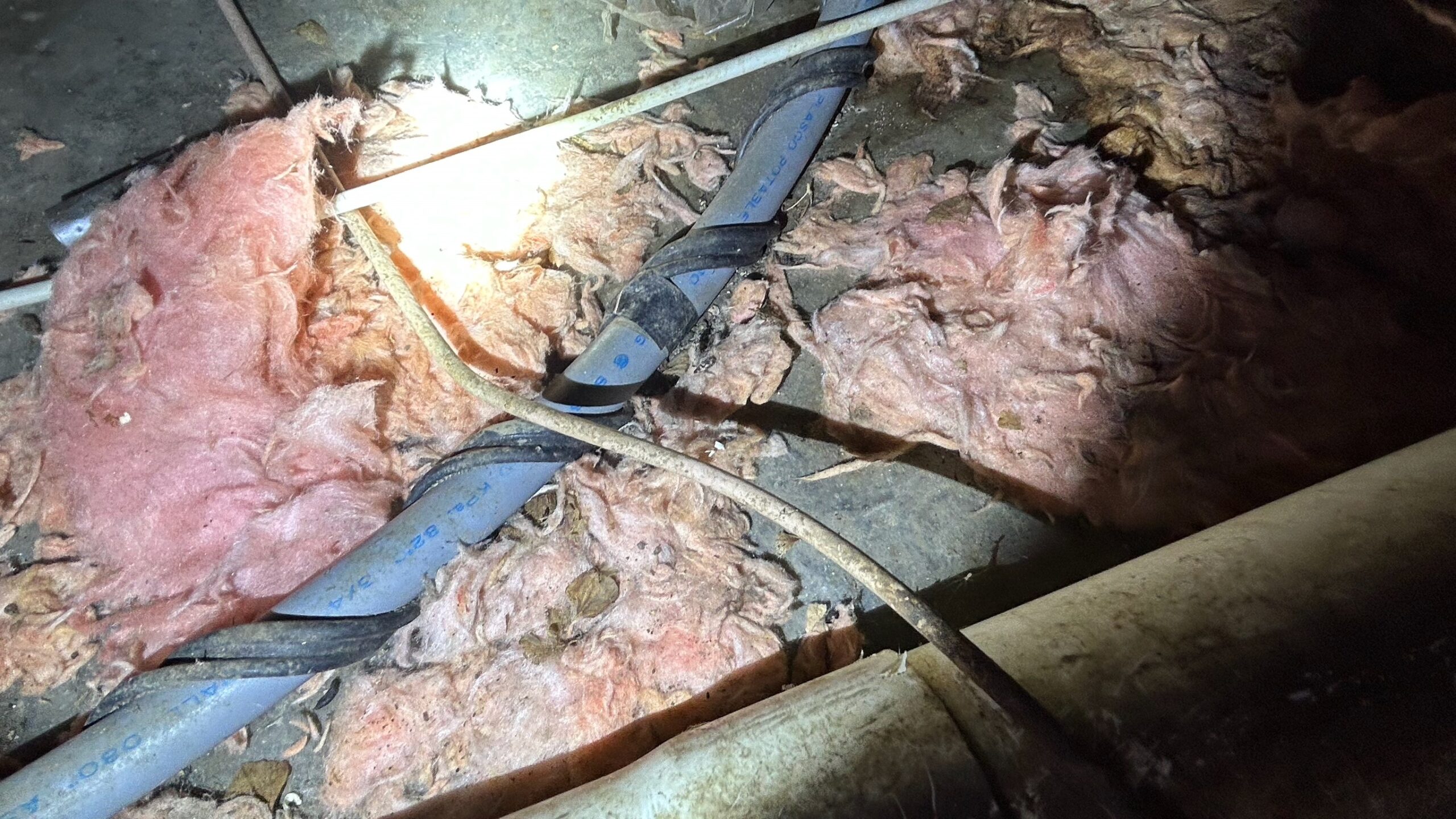Mobile Home Inspections on Vancouver Island: What Realtors Should Know Before Listing
If you’re working with clients buying or selling a mobile home in Victoria, Saanich, Sooke, Sidney, or the Cowichan Valley, there are some unique things you need to be aware of. Mobile homes (also called manufactured homes) are built differently, age differently, and come with challenges most standard homes don’t. This blog post is your full walkthrough.
What Makes a Mobile Home Different?
Mobile homes are factory-built structures usually built to CSA Z240 or A277 standards—not the standard BC Building Code. They’re placed on temporary foundations like concrete piers, blocks, or pads. This construction style, while cost-effective, can cause different types of wear over time—especially on the West Coast where damp conditions are common.
🛠️ What to Check Before Calling an Inspector
You don’t need to get technical, but there are a few simple things you can look for that may save your client time:
🔎 1. Crawlspace Conditions
- 💧 Pooling Water: Check near vents or low points for signs of standing water or damp soil.
- 🛠️ Belly Wrap (Vapour Barrier): Should be securely in place, not torn, sagging, or stained.
- 🔲 Breeze Blocks: Hollow openings should face upward. If they’re sideways, that’s incorrect.
- 🐭 Rodents: Look for droppings, nests, or chewed insulation—especially near skirting gaps.


🏗️ 2. Add-On Structures (Decks, Awnings, Sunrooms)
Add-ons are common, but they’re a huge source of issues. Many are attached directly to the home’s siding or roof structure. That’s a no-go. These structures should be entirely freestanding—with their own footings and framing.
- ✅ Look for posts that extend to the ground with concrete pads.
- 🚫 Avoid connections directly into the unit’s walls or eaves.
- 🌧️ Check for signs of movement, rot, or gaps where water could get in.
If it’s bolted to the home, it can shift independently and damage the siding, cause leaks, or throw the whole unit out of level.
🏠 3. Interior Floor & Door Clues
- 🚪 Return Air Gaps: Interior doors should have a gap underneath to allow air to circulate. If flooring has been added and the gap is gone, this can choke the heat system.
- 🪵 Spongy or Sloped Floors: Could indicate structural settlement or water damage underneath.
🚰 4. Plumbing: Poly B Isn’t Always Obvious
Even homes that look recently updated may still have polybutylene (Poly B) piping—especially the main line coming into the home. It’s usually grey or blue and flexible.
Some insurers may flag it, and while we can’t speak for them, it’s always best to know what’s feeding the home before you’re surprised during subjects.

🔥 5. Heating Systems
Mobile homes commonly have wall-mounted direct-vent furnaces or baseboard heat. Look for signs of age, rust, or heavy dust. Also make sure all heat registers are unblocked, and that vents haven’t been covered by new flooring or upgrades.
🏘️ 6. Roofing Issues You Might Not Expect
Mobile homes often have very different roofing systems than traditional houses. One of the most common materials we see is roll roofing, which is a basic asphalt product that typically lasts only 5 to 10 years. This can be a surprise for buyers expecting a longer lifespan.
Even more unique is something called a re-roof or roof over. This is when a new roof structure is built over top of the existing mobile home. A roof over is often installed to extend the life of the home or improve insulation and weather protection—but it has to be done properly.
- ✅ A re-roof/ roof over must be freestanding, with its own posts and footings, not just resting on or bolted to the original mobile home.
- 🔍 Look around the perimeter of the home for signs of an added roof—especially extra vertical support posts or new overhangs.
- 🛠️ Poorly done roof overs can create water traps, ventilation problems, and structural strain if not properly supported and flashed.
Because roofs are such a major expense and impact the entire structure, it’s worth taking a moment to observe and photograph the roof setup before your buyer gets too far into the process.
📋 Homework Before Listing
- 🪪 Silver Label/CSA Certification: Ensure the label is present—it’s required by Technical Safety BC. If it’s missing, the home may need re-certification.
- 📂 Permit History: Any structural or utility work should have corresponding permits. If not, that’s a discussion worth having with your seller.
📚 Related Reading
Want to learn more about what to look for in Victoria homes?
- 🔧 Cast-Iron Plumbing in Victoria Homes
- ⚡ Insights from Last Week’s Inspections on Vancouver Island
- 🏠 5 Costly Defects I Find in Victoria Heritage Homes Every Month
✅ Final Word
These homes offer an affordable path to homeownership on Vancouver Island—but they come with their own set of challenges. As a Realtor, your eyes can catch a lot, and your client will thank you for the heads-up. But nothing replaces a trained inspection when it comes to levelling, structure, and hidden mechanical issues.
I’ve inspected dozens of these units and know exactly what to look for.
Watchtower Home Inspections
📍 Serving Greater Victoria & South Vancouver Island
📞 778-677-9369
✉️ mitch@watchtowerinspections.ca
📸 Instagram: @watchtower.home.inspections